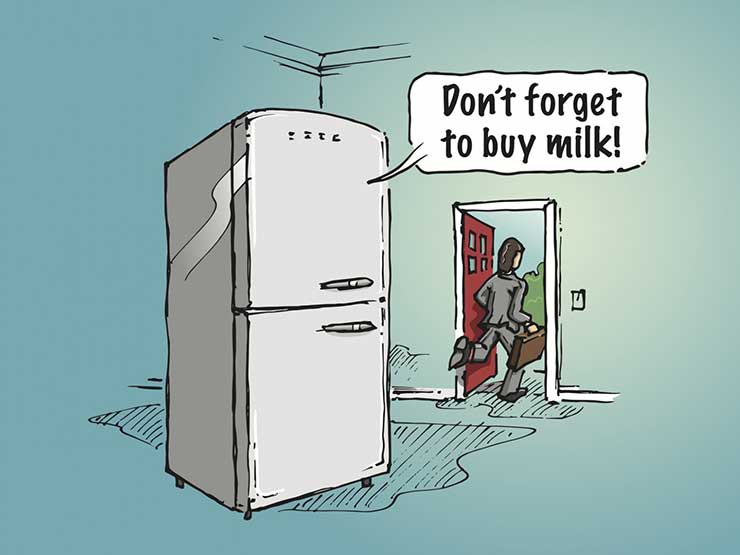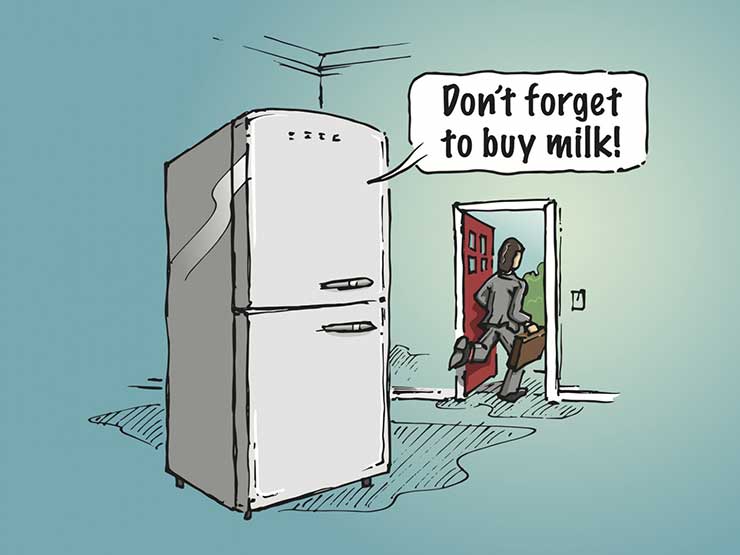Within four years, the average Australian household will contain 24 internet-connected devices, compared to an average of nine in 2015. This is extraordinary growth of almost 11 times, hitting $3.2 billion in 2019, according to new research from Telsyte.
The study has found that connected appliances such as internet-connected fridges, smart home security systems and sensor-driven smart energy systems are the key driver of this trend.

Telsyte believes a number of factors will drive market growth including the arrival of new products and services, but importantly the market is set to naturally evolve as Internet connectivity is ‘baked’ into many existing products and services.
Telsyte research indicates the IoT boom @ Home will be evolutionary at first as vendors will quickly move to integrate connectivity into existing products and services including whitegoods, gardening, security and energy management.
“While long mooted, the Internet-enabled ‘whitegood’ will finally become the norm, as most manufacturers — aided by the lower cost of micro-processing — build wireless Internet connectivity into most of their products,” Telsyte senior analyst Steven Noble says.
“Consumers will find themselves buying IoT-enabled devices by default,” Noble says.
Telsyte measures the IoT @ home market as five key segments:
| Expected market size in 2019 | |
| Smart lifestyle (appliances, gardening) | $1.2B |
| Smart home services (installation, management, cloud services) | $812M |
| Smart security (security alarms, cameras, sensors, smart locks) | $416M |
| Smart energy (sensors, outlets, light bulbs) | $658M |
| Smart hubs (dedicated hubs) | $64M |
| Total | $3.2B |
Staking their claim on this emerging market will be vendors from every point in the value chain, including:
- Manufacturers: Samsung, for example, has committed to connecting 90% of its new products to the Internet by 2017 and all of them by 2020. Furthermore, companies not traditionally in the technology market ranging from Ikea to Breville are starting to unveil their IoT plans.
- Retailers: Telstra is just one of the brands that has already added a Connected Home section its local e-commerce Web sites, while Target in the US is experimenting with IoT demonstration homes in its stores. Retailers will be critical to the rise of the IoT @ home as they will expose consumers to new product experiences.
- ISPs: For ISPs, smart home automation is an opportunity to create high-value bundles. Telsyte research shows that Australians that bundle VoIP with their broadband plans anticipate budgeting seven times as much for a smart home system, compared to broadband non-bundlers. However over the longer term, ISPs will face increasing competition from Over The Top (OTT) cloud service providers such as Google and Apple and will seek to partner with multinational service providers.
- Cloud software providers: Services like Google’s new US$10 per month Nest camera monitoring solution will disrupt traditional smart home service providers — increasing adoption of smart home services while lowering unit prices.
- Utilities: Utilities are expanding their product mix to include energy-saving devices and services that are controllable via the Internet.
- Electricians and security consultants: Currently, 34% of Australians prefer to have a specialist consultant install their system. While plug-and-play IoT devices and wireless smart home systems will be the norm, specialists will still play an important role in the installation of high-end equipment such as smart locks for keyless entry.

